 W
WFishing is a prehistoric practice dating back at least 40,000 years. Since the 16th century, fishing vessels have been able to cross oceans in pursuit of fish, and since the 19th century it has been possible to use larger vessels and in some cases process the fish on board. Fish are normally caught in the wild. Techniques for catching fish include hand gathering, spearing, netting, angling and trapping.
 W
WThe Abbot's Fish House in Meare, Somerset, England, was built in the 14th century and has been designated as a Grade I listed building and Scheduled Ancient Monument. It is the only surviving monastic fishery building in England.
 W
WThe Hawaiian people practiced aquaculture through development of fish ponds, the most advanced fish husbandry among the original peoples of the Pacific. While other cultures in places like Egypt and China also used the practice, Hawaii’s aquaculture would be very advanced considering the much smaller size of the area compared to others before it. These fishponds were typically shallow areas of a reef flat surrounded by a low lava rock wall built out from the shore. Several species of edible fish thrive in such ponds, and Hawaiians developed methods to make them easy to catch.
 W
WThe Antrea Net is one of the oldest known fishing nets in the world, found from Karelian isthmus in Antrea, in Korpilahti village in 1913. It is dated to 8540 BCE.
 W
WAtlit Yam is an ancient submerged Neolithic village off the coast of Atlit, Israel. It has been carbon-dated as to be between 8,900 and 8,300 years old. Among the features of the 10-acre site is a stone circle.
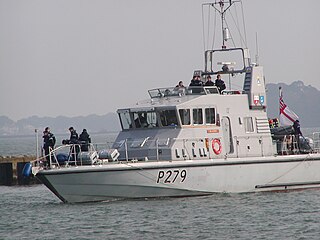 W
WThe 1993 Cherbourg incident were a series of maritime incidents which took place from 26 March to 2 April 1993 between the British Royal Navy and French fishermen as a result of a fishing rights dispute in and around the Channel Islands waters.
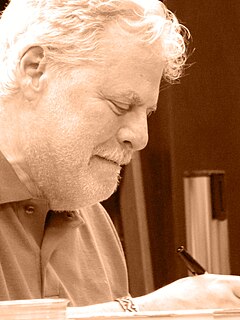 W
WMark Kurlansky is an American journalist and writer of general interest non-fiction. He has written a number of books of fiction and non-fiction. His 1997 book, Cod: A Biography of the Fish That Changed the World (1997), was an international bestseller and was translated into more than 15 languages. His book Nonviolence: Twenty-five Lessons From the History of a Dangerous Idea (2006) was the non-fiction winner of the 2007 Dayton Literary Peace Prize.
 W
WIn English fishing customs, a conder, also called a huer or bulker, was a person who stood on high places near the sea coast in times of herring-fishing to signal to the fishers which way the shoal of herrings or pilchards passed—their course being more discernible to those who stand on high cliffs, due to the blue colour they cause in the water, than to those aboard vessels. In Cornwall, huers helped locate shoals of fish. The huer would shout 'Hevva!, Hevva!' to alert the boats to the location of the pilchard shoals.
 W
WHarry Clifford Fassett (1870–1953) worked for the United States Fish Commission and later the United States Bureau of Fisheries. He became an expert on the salmon fisheries in Alaska and was also a map-maker and photographer.
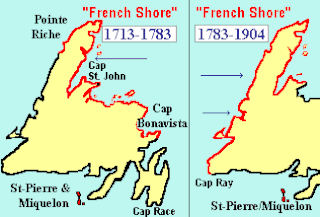 W
WThe French Shore, also called The Treaty Shore, resulted from the 1713 ratifications of the Treaty of Utrecht. The provisions of the treaty allowed the French to fish in season along the north coast of Newfoundland between Cape Bonavista and Point Riche. This area had been frequented by fishermen from Brittany since the early 16th century, which they called "le petit nord".
 W
WThe German Oceanographic Museum, also called the Museum for Oceanography and Fisheries, Aquarium, in the Hanseatic town of Stralsund, is a museum in which maritime and oceanographic exhibitions are displayed. It is the most visited museum in North Germany. In addition to the main museum building, the actual Oceanographic Museum, there are three other sites, the Ozeaneum, opened in July 2008, the Nautineum and the Natureum.
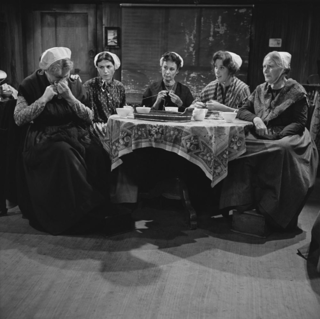 W
WThe Good Hope is a Dutch play written by Herman Heijermans in 1900/1901.
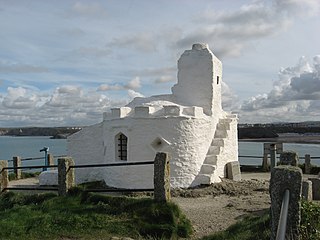 W
WThe Huer's Hut is a listed building in Newquay, Cornwall, England. It may date from the 14th century and have originally seen use as a hermitage and lighthouse. By the 16th century it was used as a lookout point for the seasonal arrival of pilchards in the bay. A man known as a huer would signal the arrival of the pilchards and direct fishermen towards them. The structure was in the ownership of Cornwall Council and was subject to restoration work in 2014. It is now on a lifelong lease to Newquay Town Council.
 W
WÎle aux Basques is a Canadian island located in the lower estuary of the St. Lawrence River, about 5 kilometres (3.1 mi) north of Trois-Pistoles, in Les Basques Regional County Municipality of the Bas-Saint-Laurent region of Quebec. The island is part of the municipality of Notre-Dame-des-Neiges.
 W
WThe Cod Fisheries: The History of an International Economy is a 1940 book by Harold Innis.
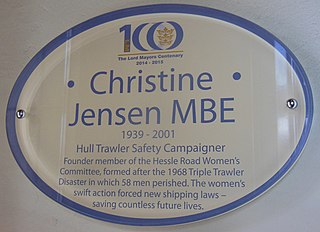 W
WChristine Dorothy Jensen MBE (1939–2001) was a British safety campaigner. She helped to lead a campaign that led to improvements in the safety of fishing trawlers following the 1968 Hull triple trawler tragedy, in which her brother was killed. Jensen later served on the committee of the British Fishermen's Association and founded a fishing heritage organisation. She was appointed a Member of the Order of the British Empire in 2000.
 W
WThe Miraculous catch of fish or more traditionally the Miraculous Draught of Fish(es), is either of two miracles attributed to Jesus in the canonical gospels. The miracles are reported as taking place years apart from each other, but in both miracles apostles are fishing unsuccessfully in the Sea of Galilee when Jesus tells them to try one more cast of the net, at which they are rewarded with a great catch. Either is thus sometimes called a "miraculous draught of fish".
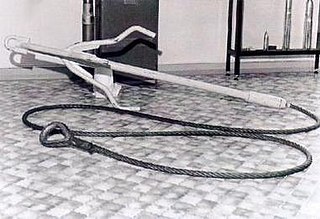 W
WNet cutters, or trawlwire cutters, were secret weapons employed by the Icelandic Coast Guard during the latter two Cod Wars to cut the trawling wires of foreign fishing trawlers working within the then newly claimed Exclusive Fisheries zones.
 W
WThe Overseas Patrol Squadron is a front-line squadron of the Royal Navy with responsibility for patrolling the UK's Extended Fisheries Zone, both at home and around British Overseas Territories. The squadron, with headquarters at HMNB Portsmouth, is equipped with eight of the River-class patrol vessels.
 W
WOyster pirate is a name given to persons who engage in the poaching of oysters. It was a term that became popular on both the West Coast of the United States and the East Coast of the United States during the 19th century.
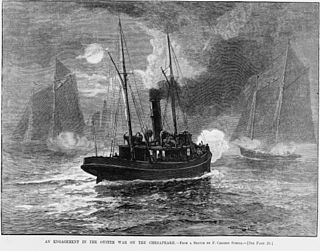 W
WThe Oyster Wars were a series of sometimes violent disputes between oyster pirates and authorities and legal watermen from Maryland and Virginia in the waters of the Chesapeake Bay and the Potomac River from 1865 until about 1959.
 W
WPearling in Western Australia includes the harvesting and farming of both pearls and pearl shells along the north-western coast of Western Australia.
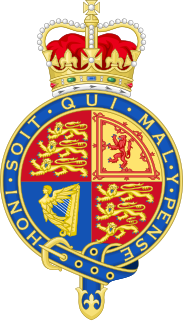 W
WThe Provincial Fisheries Reference was a lawsuit decided in 1898 by the Judicial Committee of the Privy Council (JCPC). It arose from a government turf war in Canada over the jurisdictional boundaries of property rights in relation to rivers, lakes, harbours, fisheries, and other cognate subjects. The 12-page judgment was delivered by Lord Hershell, and followed on from R v Robertson (1882). This case in the JCPC was an amalgamation of three separate Supreme Court of Canada appeals, which were grouped into one because of their similarities. The judgment broke little ground, and can be considered a ringing affirmation of the Strong court.
 W
WCharles Robin was an entrepreneur from the Isle of Jersey who traded between the maritime region of Canada and the British Isles.
 W
WRorbu is a Norwegian traditional type of seasonal house used by fishermen, normally located in a fishing village. The buildings are costructed on land, but with the one end on poles in the water, allowing easy access to vessels. The style and term is used along the coast of Western Norway and Northern Norway, and is most common on Lofoten and northwards to eastern Finnmark. The use of rorbu for fishing has diminished and the style of housing is now largely used to rent out to tourists.
 W
WS'Argamassa Roman Fish Farm can be found 2.8 miles (4.5 km) eastwards along the coast from the town of Santa Eulària des Riu on the Spanish island of Ibiza. It is in the municipality of Santa Eulària des Riu. the Romans built this fish farm and connecting aqueduct following their occupation of the island in 146 BC.
 W
WLeonid Pavlovich Sabaneyev was a Russian zoologist who made extensive contributions to the study of hunting in Russia.
 W
WThe Salmon War of 1736/37 was a political conflict between the confederate Canton of Basle and the Kingdom of France over fishing rights and the location of their state border in the River Rhine.
 W
WThe Scottish Fisheries Museum is a museum in Anstruther, Fife, that records the history of the Scottish fishing industry and its people from earliest times to the present day.
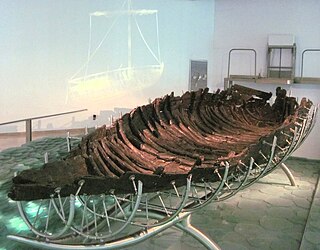 W
WThe Ancient Galilee Boat, also known as the Jesus Boat, is an ancient fishing boat from the 1st century AD, discovered in 1986 on the north-west shore of the Sea of Galilee in Israel. The remains of the boat, 27 feet long, 7.5 feet wide and with a maximum preserved height of 4.3 feet, first appeared during a drought, when the waters of the Sea receded. Other than the dating, there is no evidence connecting the boat to Jesus or his disciples.
 W
WThe harvesting and consuming of seafoods are ancient practices that may date back to at least the Upper Paleolithic period which dates to between 50,000 and 10,000 years ago. Isotopic analysis of the skeletal remains of Tianyuan man, a 40,000-year-old modern human from eastern Asia, has shown that he regularly consumed freshwater fish. Archaeology features such as shell middens, discarded fish bones and cave paintings show that sea foods were important for survival and consumed in significant quantities. During this period, most people lived a hunter-gatherer lifestyle and were, of necessity, constantly on the move. However, where there are early examples of permanent settlements such as those at Lepenski Vir, they are almost always associated with fishing as a major source of food.
 W
WThe Shetland Bus was the nickname of a clandestine special operations group that made a permanent link between Mainland Shetland in Scotland and German-occupied Norway from 1941 until the surrender of Nazi Germany on 8 May 1945. From mid-1942, the group's official name was the Norwegian Naval Independent Unit (NNIU). In October 1943, it became an official part of the Royal Norwegian Navy and was renamed the Royal Norwegian Naval Special Unit (RNNSU). The unit was operated initially by a large number of small fishing boats and later augmented by three fast and well-armed submarine chasers – Vigra, Hessa and Hitra.
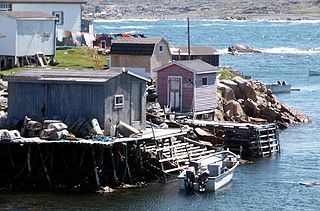 W
WA fishing stage is a wooden vernacular building, typical of the rough traditional buildings associated with the cod fishery in Newfoundland, Canada. Stages are located at the water's edge or "landwash", and consist of an elevated platform on the shore with working tables and sheds at which fish are landed and processed for salting and drying. Traditionally, they are painted with a red ochre paint, though colours other than red are sometimes seen. The stage is unique among British and North American outbuildings because unlike the typical uses of agricultural structures, both the slaughter and the processing of a harvested animal takes place within this space. While barns and stables were intended for year-round housing of live animals, the stage would be used only for several months during the summer, and not as a shelter for livestock.
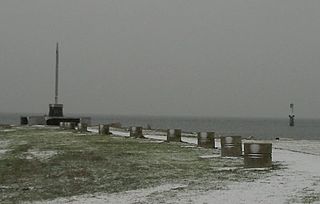 W
WThe Steveston Fisherman's Memorial is a freestanding memorial commemorating the lives and deaths of fishermen working out of Steveston, British Columbia. It takes the form of a giant fishing net needle and stands a few metres from the sea at Garry Point Park.
 W
WThe Tugnet Ice House is a Category A listed building in Spey Bay, Scotland, near the mouth of the River Spey. It was built as an industrial ice house used to store ice for packing salmon from the Spey fishery before it was sent to market. The current structure dates from 1830, having been built to replace an older structure damaged by flooding. It is the largest surviving ice house in the United Kingdom. The building currently forms part of the Scottish Dolphin Centre.
 W
WThe Turbot War was an international fishing dispute and bloodless conflict between Canada and Spain, and their respective supporters.
 W
WThe United States Fish Commission, formally known as the United States Commission of Fish and Fisheries, was an agency of the United States government created in 1871 to investigate, promote, and preserve the fisheries of the United States. In 1903, it was reorganized as the United States Bureau of Fisheries, sometimes referred to as the United States Fisheries Service, which operated until 1940. In 1940, the Bureau of Fisheries was abolished when its personnel and facilities became part of the newly created Fish and Wildlife Service, under the United States Department of the Interior.
 W
WThe United States Fish Commission, formally known as the United States Commission of Fish and Fisheries, was an agency of the United States government created in 1871 to investigate, promote, and preserve the fisheries of the United States. In 1903, it was reorganized as the United States Bureau of Fisheries, sometimes referred to as the United States Fisheries Service, which operated until 1940. In 1940, the Bureau of Fisheries was abolished when its personnel and facilities became part of the newly created Fish and Wildlife Service, under the United States Department of the Interior.
 W
WWalraversijde is an abandoned medieval fishing village on the Belgian coast, near Ostend. It was rediscovered in 1992 in a dune area, near a medieval dyke. Archeological research showed that it had been occupied, in two phases, between 1200 and 1600. Walraversijde has been studied more thoroughly and more systematically than any other medieval fishing community in Europe. The village has been partially reconstructed, and has a museum, Walraversijde Museum, dedicated to the site.
 W
WA well smack was a type of traditional fishing boat in use between the late 18th century and around 1920. It had a well amidships. The well was filled with circulated external water, which kept fish alive until delivered to land and sold. It was a modified form of a fishing smack.
 W
WThe Yorkshire coast fishery has long been part of the Yorkshire economy for centuries. The 114 miles (183 km) Yorkshire Coast, from the River Tees to the River Humber, has many ports both small and large where sea catch was landed. The historic ports at Hull and Whitby are important locations for the landing and processing of fish and shellfish. Scarborough and Bridlington are also sites of commercial fishing.